Developed in 1921, the RDG S4 “Guillemont” Mk IV did not arrive in time for World War I, but was an advanced aircraft for the time. It had Dual 950HP “Hispano Sueza II” Engines, and cruised at speeds of 168mph (270km/h), fast for a bomber of the 1920’s. The single 2000lb (907kg) bomb was fitted inside the airframe, but lacked a bomb bay to protect it. As a result, the bomb was coated with armour, which was found to be effective in combat and added metal shrapnel to the blast when dropped. The “Guillemont”, despite its size, was only crewed by a single pilot, who flew the plane and also remotely controlled the bomb from the joystick. It was also armed with twin 7.7mm “Vickers” MG’s on the port wing for strafing runs, and often was jovially referred to as ‘the flying lorry’ by pilots, as it could reach higher speeds on take-off than in-flight!
Controls
- Pitch for a Elevator
- Roll for Ailerons
- Trim for Trim
- AG 1 for 2000lb (907kg) bomb release
- AG 2 for 2000lb (907kg) bomb parachute
Control Notes
- Do not make erratic manoeuvres, doing so may result in the aircraft going into a spin
- Yaw adjustments may need to be made when taking off
- To maintain altitude in-flight, use Trim (50-70%)
- To maintain altitude in-flight after bomb has been deployed, use Trim (10-25%)
- Do not drop 2000lb (907kg) bomb below height of 450ft (137m), doing so may result in the explosive failing to detonate
- Takeoff speed is 174mph (280km/h)
- Land gently, the landing gear may compress too far is landed hard
- When landing, brake gently to avoid swerving
Specifications
- x2 950HP “Hispano Sueza II” Engines
- x1 2000lb (907kg) bomb
- x2 7.7mm “Vickers” MG’s
Aircraft built at 1:1 scale
Specifications
Spotlights
- Gavib 8.3 years ago
- realSavageMan 8.3 years ago
General Characteristics
- Created On iOS
- Wingspan 50.4ft (15.4m)
- Length 34.0ft (10.4m)
- Height 12.4ft (3.8m)
- Empty Weight 8,985lbs (4,075kg)
- Loaded Weight 10,214lbs (4,633kg)
Performance
- Horse Power/Weight Ratio 0.186
- Wing Loading 25.8lbs/ft2 (126.0kg/m2)
- Wing Area 395.9ft2 (36.8m2)
- Drag Points 10281
Parts
- Number of Parts 577
- Control Surfaces 4
- Performance Cost 1,891

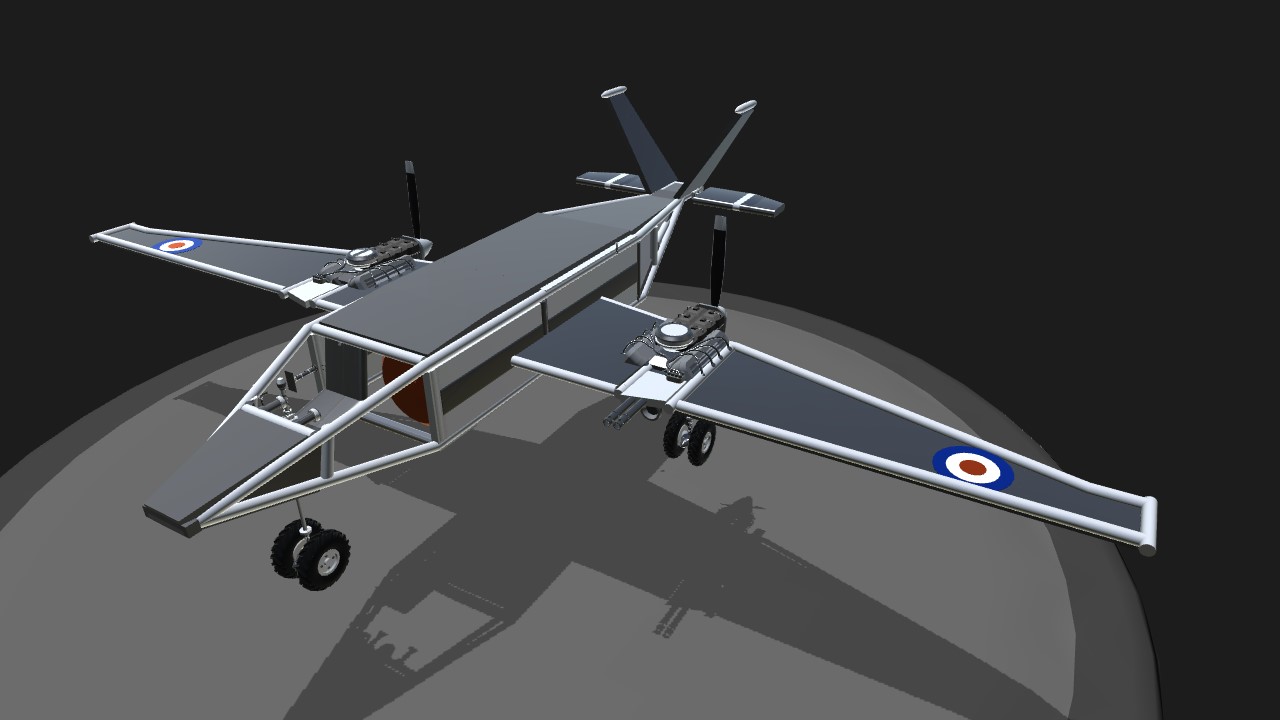
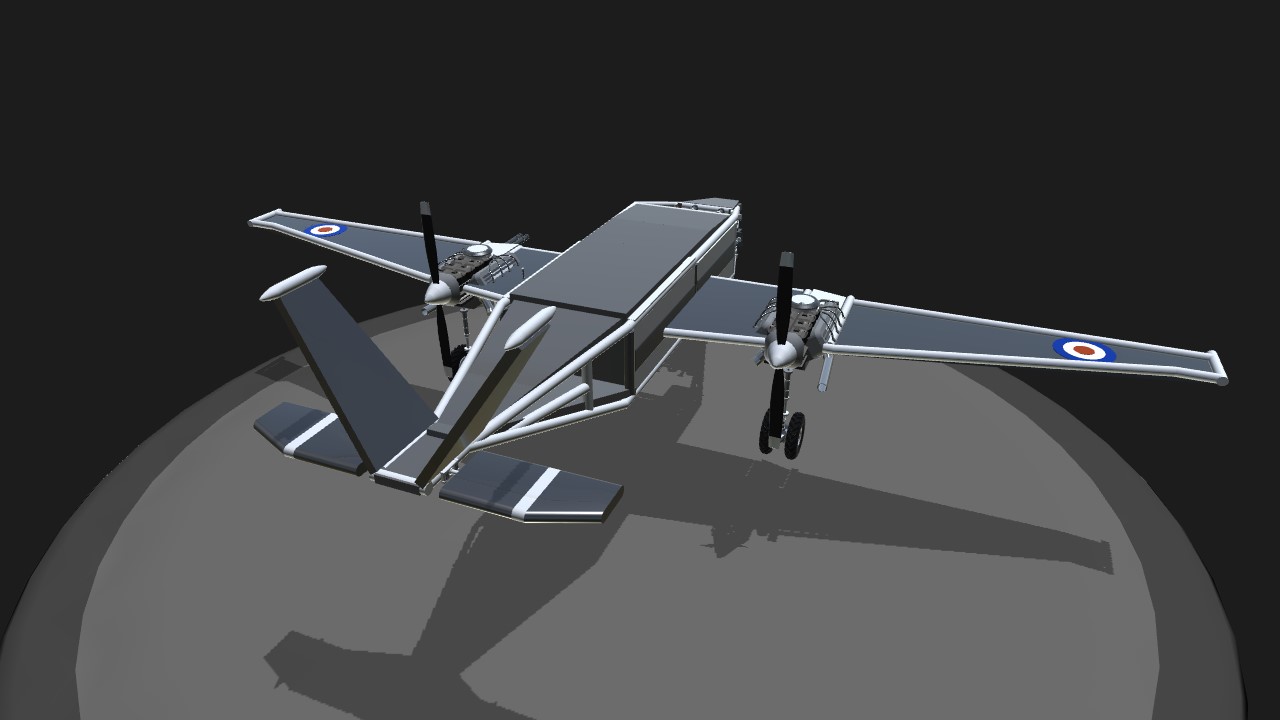
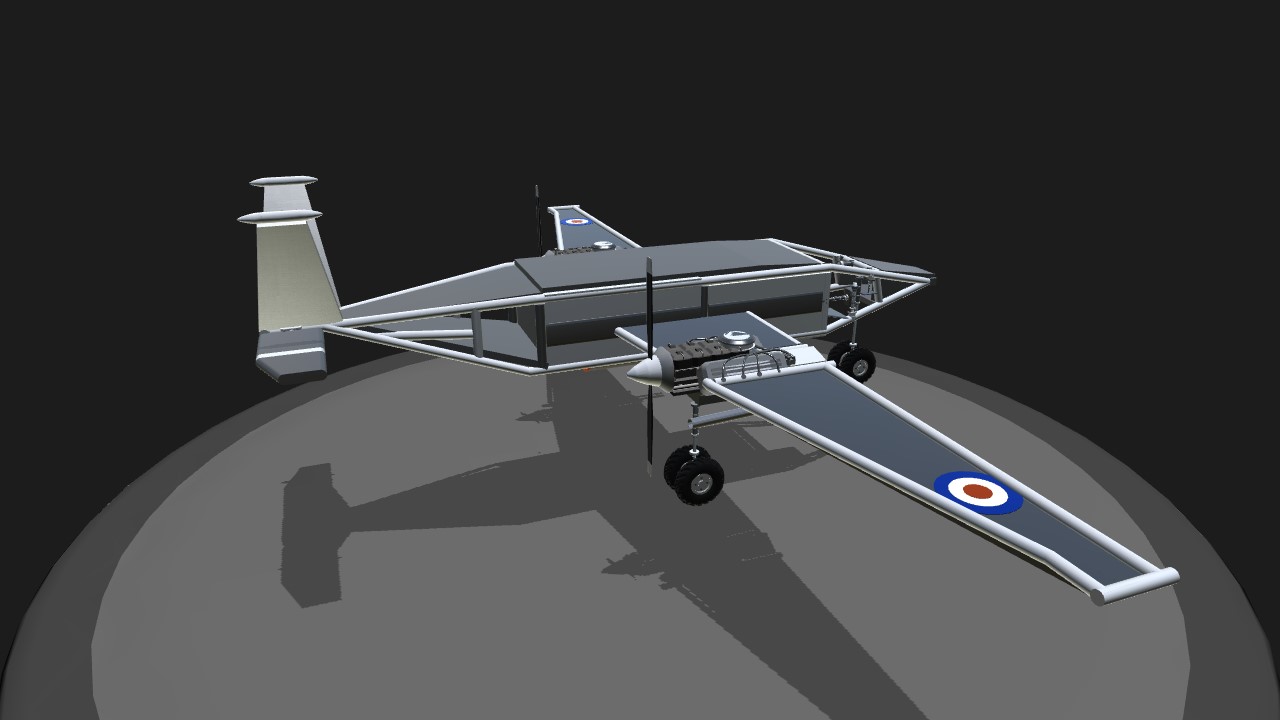

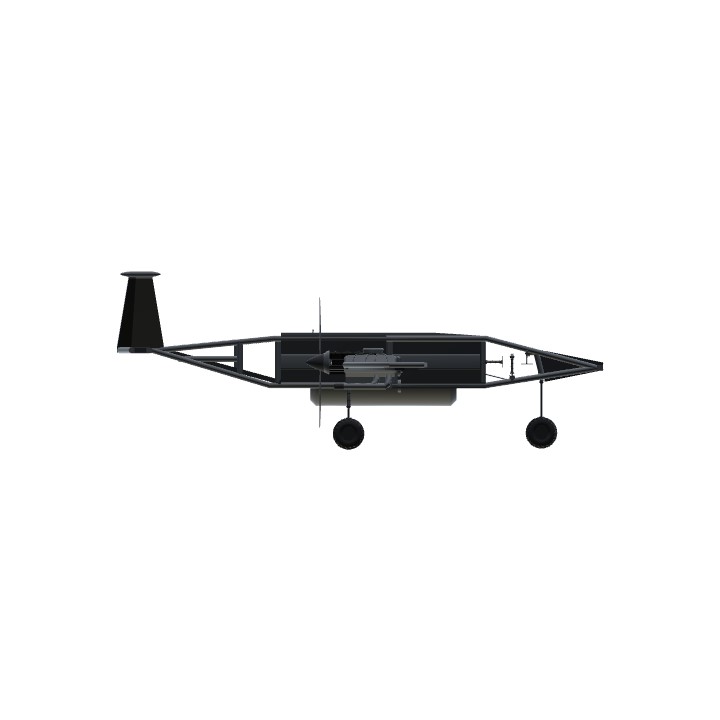
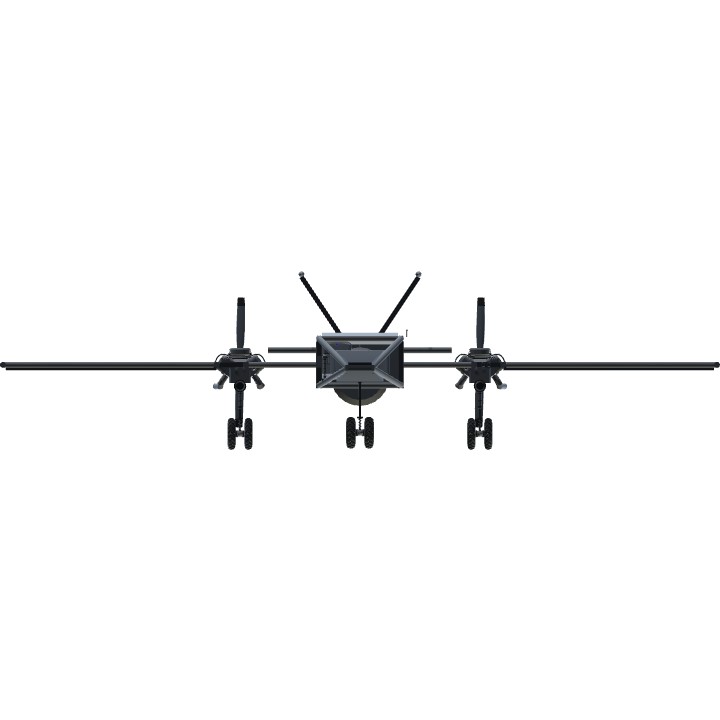
Wow, many things to remember, which makes it realistic. @Rodrigo110
Ok thanks! @QingyuZhou
Ratings:
Creativity: 7 out of 10. WWI planes are good ideas.
Functions: 8 out of 10. I like that huge bomb, flies okay.
Appearance: 7 out of 10. Looks good, but does not look like a WWI plane...
Overall it is a great one!
Ok, thanks @QingyuZhou
It will be soon since the challenge will end in a week. @Rodrigo110
When will it be rated? @QingyuZhou
Thanks! @QingyuZhou
Pretty awesome
It’s just a basic design choice, though if you want to look deeper you can see that in the 1920’s many aircraft had canvas and wooden strut wings, so when the Dual MG’s are concentrated on the port wing and aimed, they would both be firing slightly left to the target, increasing the chance of the enemies wing or engines (if the engines were on the wing) being destroyed. @samg32332